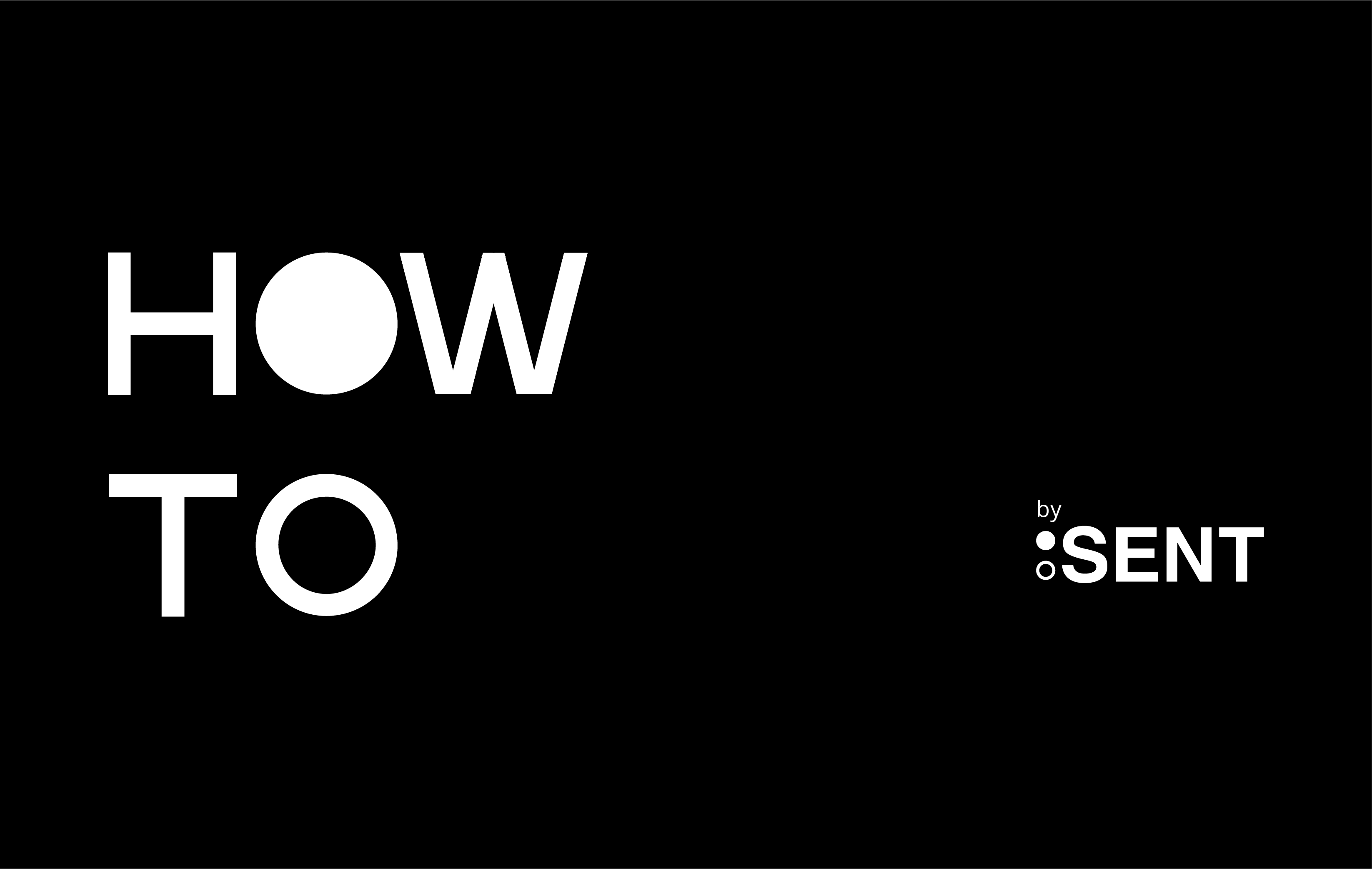For the last month or so, COVID-19 has changed life as we know it. The world is smack dab in the middle of a global pandemic, working from home has become the new norm, and the decisions we make regarding cybersecurity and securing our data and files are more important than ever. While we attempt to keep our lives as normal as possible, cybercriminals are working hard to take advantage of every weakness in our workflow and communications. Having the best way to securely send files right now is crucial.
In America, a hacker attack occurs every 39 seconds, even more now that hackers are sitting at home with nothing else to do, too. According to research done at the Clark School at the University of Maryland, hacker attacks are nearly constant with one in three Americans affected every year. These hackers easily “scrape” the internet for everything from passwords to credit card information, and guess what? Thanks to people choosing to email their private and sensitive information–they get it.
Secure File Transfer for the Financial Industry
Those working in the financial, banking, and insurance industries need to demonstrate they are able to handle confidential and personally identifiable information. Whether you’re at home or in the office, you need to transfer files, and they often contain important and/or confidential data The ability to transfer those files in a way that protects sensitive data is key. When security and privacy are of the utmost importance, like in the financial industry, having those files encrypted the whole way from sender to recipient is the only acceptable solution. Unfortunately, the tendency to send files with what is familiar, like via email or with file storage apps like DropBox, Box or Google Drive, or unsecured large file apps, like WeTransfer, and what is familiar in those cases are definitely not the most secure. And if you are using them to send contracts, financial documents, passwords, or any other confidential information, the misconception that those files are being safely received solely by the intended recipient could be costly.
Good security requires meeting a few goals: confidentiality, integrity, and availability. This is known as the security triad. In the context of file transfer, we achieve confidentiality through encryption. The idea that no one but the intended recipients can see the data is achieved with the highest level of encryption using the AES256 standard. This is often hyped as being military grade or bank-level encryption. SENT’s upcoming desktop application will go to the next level and provide true end-to-end encryption for the highest level of confidentiality. But that’s only the start. Unlike file storage services that tack on sharing by sending someone a link to a file that lives for far longer than needed, we don’t let a file stay available for more than 5 days. This prevents unwanted access to forgotten files. We encourage verifying your contacts and give you the ability to set a password on a file. All that on top of the built-in obsessive security we put in place for our infrastructure. We even had it penetration tested by a 3rd party just to make sure. We realize that the financial services industry has high benchmarks for security and SENT was designed to exceed those objectives, and as we continue to evolve with features and expand our platform even more.
So what makes email and the other file sharing unsafe?
Good question! After all, if you have a strong password, it should be safe, right? It should be! But sadly, it’s not. There are plenty of places where email data can be compromised. And even worse it can likely never be removed, which means it sort of just hangs around making it a potential target long after its intended use. Email data is stored in ‘files’ on your computer or mobile device, and hackers know the programs to use that give them access. In fact, scouring emails is about as common of a process you’ll get with malware.
Some email services encrypt the process of transmitting your email from your computer to their server, but after that email can literally travel around the planet many times hitting multiple email relays that may or may not be encrypted or in some cases, don’t use strong encryption. The point is that you and your email provider have no control over everyone else’s email services and how secure they are. Email is practical and still widely used today; it’s just not good enough for sensitive attachments.
The servers where the email or file is stored and forwarded
When you use email to send anything – be it a cute picture of your kid or your social security number, it will be stored on a server. Similarly, systems like Google Drive and DropBox store your files. So, if someone guesses your password, they can log in and see any stored files. But, that’s not where the risk ends. Most of these services store files as plain text. Meaning any hacker can access the servers and see stored emails and their attachments (like that document with all your credit card info).
It can happen to you
At a time when we are considering our own physical safety, many aren’t thinking about online security. Because we are in a new territory of virtual everything – Zoom meetings instead of handing a document to our coworker in person, these threats probably haven’t crossed the minds of many. People think that because they only send sensitive information “occasionally” or “once” that they are safe. But, it only takes one time. You may have already been hacked and not even realize it. By 2020 there will be roughly 200 billion connected devices. The risk is real and growing. The total cost of cybercrime committed globally in 2018 was over $1 trillion dollars. Hacking is what some people do for a living – and it’s extremely lucrative for them. Ask yourself how much a data breach would cost your company, or a case of identity theft would cost you personally.
Don’t be the next victim
So with this in mind, why do most of us still send sensitive information like social security numbers, and yes, even completed direct debit forms with full credit card information ripe for the taking? Because it’s easy and convenient and inexpensive. But now it is just as easy, convenient, and affordable to be super secure.
The best way to transfer files securely is to create an account for free with SENT at sentandsecure.com. SENT is the most secure encrypted file transfer app on the planet. SENT doesn’t share files or store them forever like a cloud storage solution. SENT even allows you to send encrypted messages with your encrypted files. And a SENT user account is free, with so much bandwidth that the average user will never need more, and for the average business, it will be the most affordable cloud service they could possibly use. There’s simply no longer an excuse to put yourself or your business at risk–the most secure, easy, convenient, affordable file transfer solution is here.






